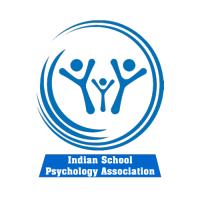

Author(s):
The relationship between neuropsychiatric illness and exceptional cognitive abilities of various kinds has existed for a long time, but most of the research into this relationship has been exploratory and non-systematic. Subjects who have been identified as twice exceptional are one group in which this association has been investigated with greater rigor; a term used in education to describe students who are gifted but also have a neuropsychiatric disorder. Although this term refers to a variety of conditions, it is especially relevant to the study of autism spectrum disorder. Ongoing discoveries have prompted the improvement of a speculation that a specific level of the neurobiology related with mental imbalance could try and be favorable for people and could prompt high talent, while becoming disadvantageous, when a specific limit is outperformed. In this model, the same neurobiological mechanisms give people an advantage until a certain point, after which they become pathological. People who are twice exceptional would be at the tipping point, highly gifted but also symptomatic at the same time. In this article, we examine how research on twice exceptionality specifically can benefit from existing neuroimaging literature on autism spectrum disorder. To determine the neurobiology that lies behind twice-exceptionality, we propose conducting research on important neural networks that have a significant impact on ASD. Resilience and susceptibility to neurodevelopmental disorders should be better understood with a better understanding of the neural mechanisms of twice exceptionality.